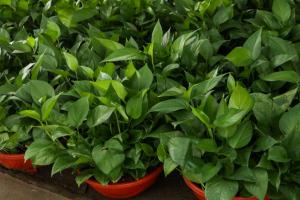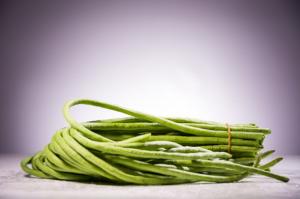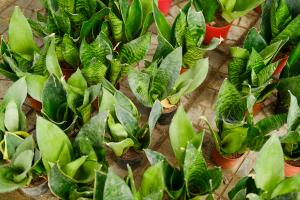What Potting Mix for Indoor Plants
When it comes to indoor plants, choosing the right potting mix can make all the difference. With so many options available, it can be overwhelming to decide which type of soil to use. Factors such as plant type, drainage, and pH all need to be taken into account. In this article, we'll explore the different types of potting mixes available and the factors you should consider when selecting the best one for your indoor plants.
Types of Potting Mixes
There are many different types of potting mixes available. Some of the most popular include:
Peat-based mixes: These are made from decomposed sphagnum moss and are ideal for plants that prefer acidic soil.
Coco coir mixes: These are made from the fibrous material found in coconut husks and are sustainable and environmentally friendly.
Compost mixes: These mixes are made from decomposed plant matter and are rich in nutrients for your plants.
Perlite mixes: These mixes are made from volcanic glass and are an excellent option for plants that need excellent drainage.
Each of these potting mixes has its own advantages and disadvantages. Peat-based mixes, for example, are acidic and moisture-retentive, but they can be expensive and may not be sustainable. Compost mixes are nutrient-rich, but can be prone to pests and pathogens. Coco coir mixes are sustainable and environmentally friendly, but can be alkaline and may require extra fertilization.
Factors to Consider
When choosing a potting mix for your indoor plants, there are several factors you should take into consideration. One of the most important is the type of plant you have. Some plants, such as succulents, prefer well-draining soil, while others, such as ferns, prefer moisture-retentive soil.
Another important factor to consider is drainage. Good drainage is essential for healthy plants, as it prevents water from sitting in the soil and causing root rot. If your plant requires well-draining soil, consider using a potting mix that includes perlite or similar materials.
The pH of the soil is also important to consider. Most indoor plants prefer neutral to slightly acidic soil, with a pH range of 6-7. If you're unsure of the pH of your potting mix, you can test it with a soil pH tester or take it to a gardening center for analysis.
Conclusion
Choosing the right potting mix for your indoor plants can be a bit overwhelming, but it's important to take the time to choose the best option for your specific plant. Consider factors such as plant type, drainage, and pH when making your selection. By using the right potting mix, you can ensure healthy and thriving indoor plants.

 how many times do yo...
how many times do yo... how many planted tre...
how many planted tre... how many pine trees ...
how many pine trees ... how many pecan trees...
how many pecan trees... how many plants comp...
how many plants comp... how many plants can ...
how many plants can ... how many plants and ...
how many plants and ... how many pepper plan...
how many pepper plan...
































